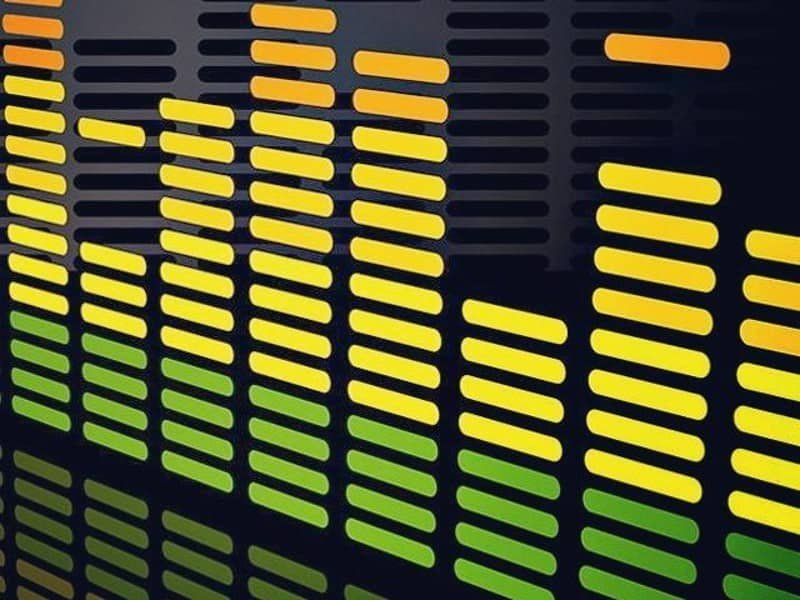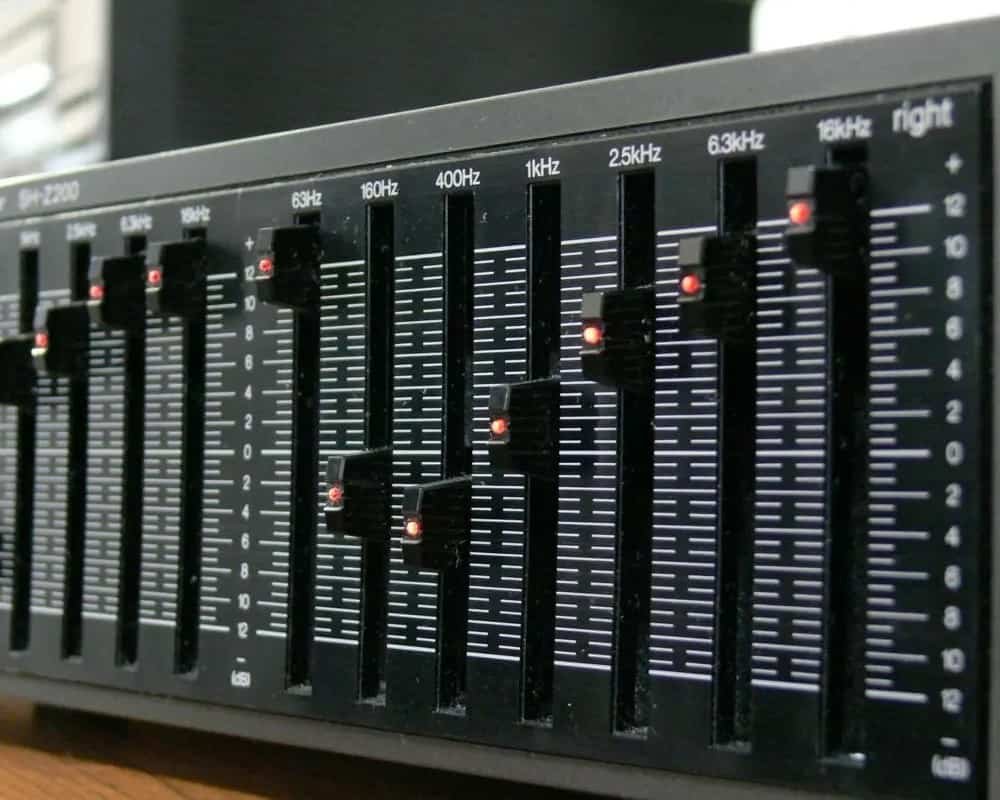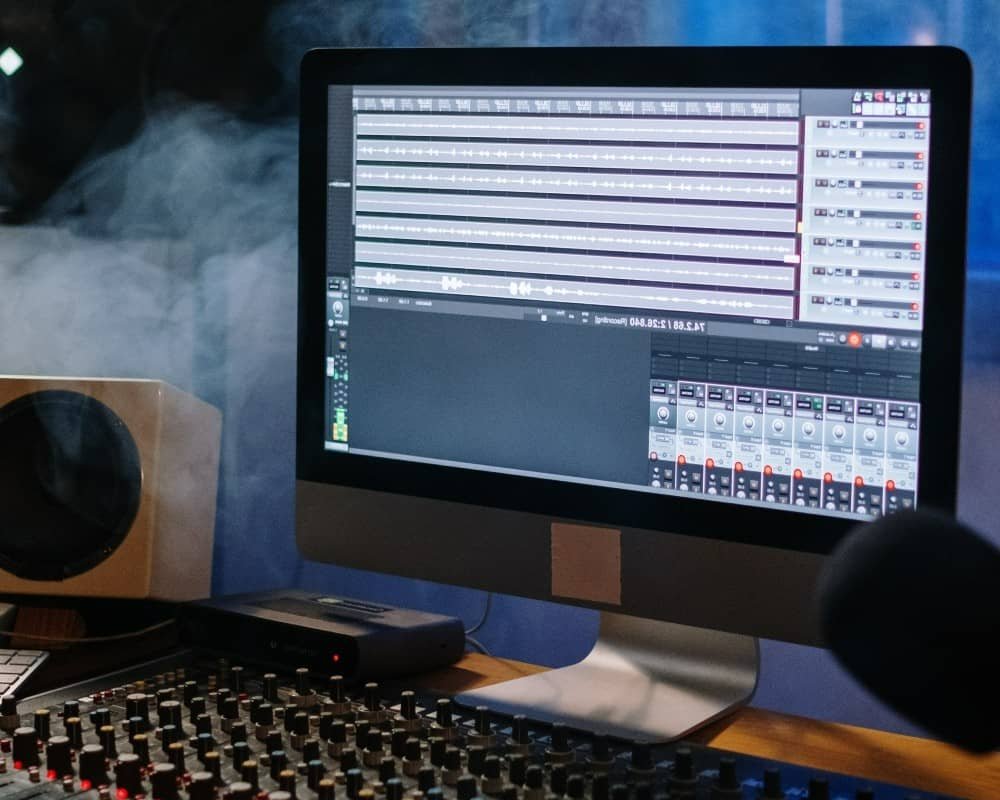How to Eq Drums? – TECHNIQUES AND TRICKS

There are some styles of music in which drums do not always have to sound powerful and massive. For example, it is enough to listen to funk, rhythm, blues, and some varieties of DnB to understand that often even somewhat modest-sounding drums are good to dilute the overall picture of the sound. Nevertheless, in most styles of music, it is believed that the more voluminous, massive, and dense sound of acoustic drums, the better.

Equalizing drums can be a tricky business. On one hand, you want to give the drums their own space in the mix, but on the other hand, you don’t want them to sound too boomy orRingy. Here are a few tips to help you get the perfect drum sound.
Kick Drum EQ
Contents
A good kick drum sound is essential to any mix. The kick drum eq lives the foundation of the rhythm section, so it needs to be well-defined and punchy.
EQ is the key to getting a good kick drum sound. Here are some tips on how to EQ a kick drum:
- Cut the low frequencies below 100 Hz. This will help to remove any unwanted rumble or mud.
- Boost the frequencies around 60-80 Hz. This will give the kick drum more body and impact.
- Boost the frequencies around 3-5 kHz. This will give the kick drum more attack and snap.
- Experiment with different EQ settings until you find a sound that you like.
- Remember that less is more when it comes to EQ. Don’t overdo it, or you’ll end up with a muddy-sounding kick drum.
With these tips in mind, you should be able to get a great-sounding kick drum in your mixes.
Kick Drum Eq Cheat Sheet
If you’re looking to add some thump to your tracks, look no further than the kick drum. The kick is one of the most important elements in a song, and getting the EQ just right can make all the difference. Here’s a quick EQ cheat sheet for getting your kick drum sounding its best.
Start with a high-pass filter. This will help to remove any unwanted low end from the kick drum. A good starting point is around 80 Hz.

Next, boost the low end of the kick around 100-200 Hz. This is where the thump of the kick drum lives, so you want to make sure there’s plenty of it.
For the midrange, around 1-2 kHz is where you’ll find the attack of the kick drum. Boosting this frequency will help the kick cut through the mix.
Finally, add a touch of high end around 5-6 kHz. This will help to add some definition and clarity to the kick.
With these EQ tips, you’ll be well on your way to getting a killer kick drum sound.
Snare Drum EQ
As a drummer, you know that the snare drum is one of the most important parts of your kit. It’s what provides the backbeat that drives the band, and it can be the difference between a good performance and a great one.
That’s why it’s so important to get your snare drum sound just right. And one of the most important parts of that sound is the EQ.
EQ stands for “equalization.” It’s a tool that allows you to control the way certain frequencies are reproduced. And when it comes to snare drums, there are a few key frequencies that you’ll want to focus on.
The first is the low end. You want your snare to have a nice, deep thump to it. But you don’t want it to sound muddy. So you’ll want to boost the low end a bit, but not too much.
The next frequency to focus on is the high end. This is what gives your snare its snap. You’ll want to boost the highs a bit, but be careful not to make it sound too harsh.

Finally, you’ll want to focus on the mid-range frequencies. These are what give your snare its body and character. You’ll want to boost the mids a bit, but be careful not to make them sound too thin.
As you can see, there’s a lot to consider when it comes to EQing your snare drum. But if you take the time to dial in the perfect sound, it will be worth it. Your band will sound better, and your performances will be that much better.
Snare drum EQ cheat sheet
A good snare drum sound is key to a great drum mix. But eq-ing a snare can be tricky. Here’s a quick eq cheat sheet to help you get a great snare sound.
Start with a high pass filter at around 100 Hz to remove any unwanted low-frequency rumble. Then, add a bit of presence around 3 kHz to add some snap to the snare. Finally, add a touch of brilliance around 10 kHz to really make the snare pop.
Of course, every snare drum is different, so you’ll need to use your ears to dial in the perfect sound. But this eq cheat sheet should help you get close.
Rack Toms EQ
Rack toms are an essential part of any drum kit, and the right EQ can make all the difference in your sound. Here are a few tips on how to EQ your rack toms for the best possible sound.
The first thing to consider is the overall tone you want from your rack toms. Do you want them to be punchy and cutting, or warm and full-sounding? Once you’ve decided on the overall tone, you can start to dial in the specific EQ settings.
For a punchy sound, start with a high-pass filter to remove any low-end mud. Then, boost the highs and midrange frequencies to add definition and clarity. If your toms sound thin, you can add some low-end back in by boosting the lower frequencies slightly.
For a warm, full-sounding tom, start with a low-pass filter to remove any high-end hiss. Then, boost the lower frequencies to add weight and body. You can also add a touch of midrange to help the toms cut through the mix.
As always, experiment with different EQ settings to find what sounds best for your particular setup. And don’t be afraid to experiment with different mic placements to get the best possible sound.
Rack toms EQ cheat sheet
Are you looking for tips on how to EQ your rack toms? If so, you’ve come to the right place! In this article, we’ll share a few EQ tips that will help you get the most out of your rack toms.
First, it’s important to understand that each tom has its own unique sound. As such, you’ll need to experiment with the EQ to find what sounds best for each tom.
Here are a few general tips to keep in mind when EQ’ing your rack toms:
- Start with the low end. Rack toms tend to sound best when they have a bit of low end. Start by boosting the low frequencies and then backing off until it sounds good.
- Don’t forget the high end. Rack toms also benefit from a bit of a high-end boost. This will help them cut through the mix and be heard more clearly.
- Experiment. Don’t be afraid to experiment with the EQ until you find a sound that you like. There is no perfect EQ setting for rack toms, so it’s important to find what works best for you and your kit.

Hopefully, these tips will help you get the most out of your rack toms. Remember to experiment and have fun!
Frequently Asked Questions
Answers to frequently asked questions.
What is the best EQ for drums?
A good general rule of thumb is to start with a low EQ setting and gradually increase the frequency until you achieve the desired effect. For example, if you’re looking to add some extra boom to your drums, you might start with a low frequency of around 80 Hz and gradually increase it until you achieve the desired sound.
Should Kick be louder than snare?
It depends on the style of music, the other instruments in the mix, and the overall sound you are trying to achieve. In general, however, it is often best to keep the kick slightly lower in level than the snare, as this will help to keep the overall sound focused and tight.
What dB level should I mix at?
As a general rule, it’s best to mix at a lower dB level. This gives you more headroom and allows your mix to sound fuller and more polished. It also prevents you from clipping your audio and introduces less noise into your mix.
Also read:
Conclusion
The drums are the backbone of the song, and if they don’t sound good. There are a few reasons why you should always EQ the drums. First, the drums provide the foundation for the song. If the drums don’t sound good, the whole song will suffer.
Second, the drums are the most important part of the song. They provide the rhythm and the pulse, and if they don’t sound good, the whole song will suffer. Third, the drums are the most exposed part of the song. They are the part of the song that is most likely to be heard by the listener, and if they don’t sound good, the whole song will suffer.
So, as a general rule, you should always EQ the drums. There are a few exceptions to this rule, but for the most part, you should always EQ the drums.

